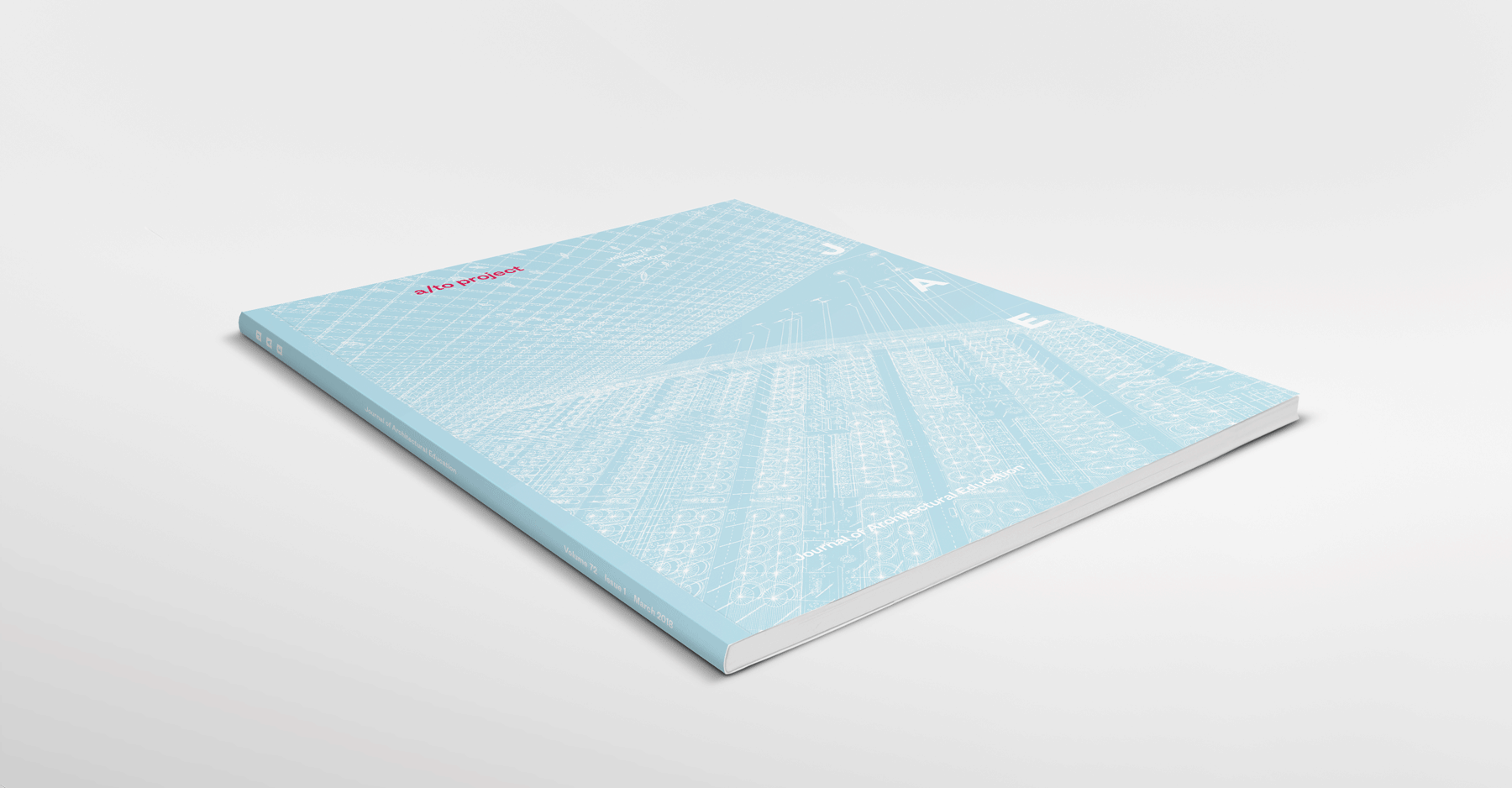
Imagine eighteenth-century capriccio paintings. Developing in the context of a renewed interest in the ruins of antiquity during the Grand Tour of Europe as well as new techniques of representation in Baroque theater stage design, capriccio paintings either imagined fictional buildings on a real urban or landscape setting or presented existent buildings in an imaginary landscape. Seen in this light, capriccio was neither about a true representation of reality nor creating a utopian fiction, but rather about a slightly distorted image based on that very reality. While depicting imaginary characteristics, one of the capriccio painting’s main features was its interest in verisimilitude or slight (un)familiarity. Similarly, one can see the examples of this puzzling aesthetic tension evidenced in the work of contemporary photographer Lauren Marsolier where she presents slightly distorted realisms of everyday life in her Transition series, as depicted in this photograph. Here, the images are digitally collaged with everyday realities from discrete times and localities resulting with narratives that are left incomplete but still look visually plausible as nonillusionistic depictions of reality. Despite appearing credible, however, the slight visual distortions embedded in the details prompt unexpected attention and thus much deeper and nuanced engagement with that same reality. After our recent fixation in architecture with seeing images as “true” representations of a priori design processes or de facto justifications, Marsolier’s digital collages point to the power of subtlety and nuance in architectural representation in prompting alternative engagements with reality for our disciplinary and cultural imagination.






